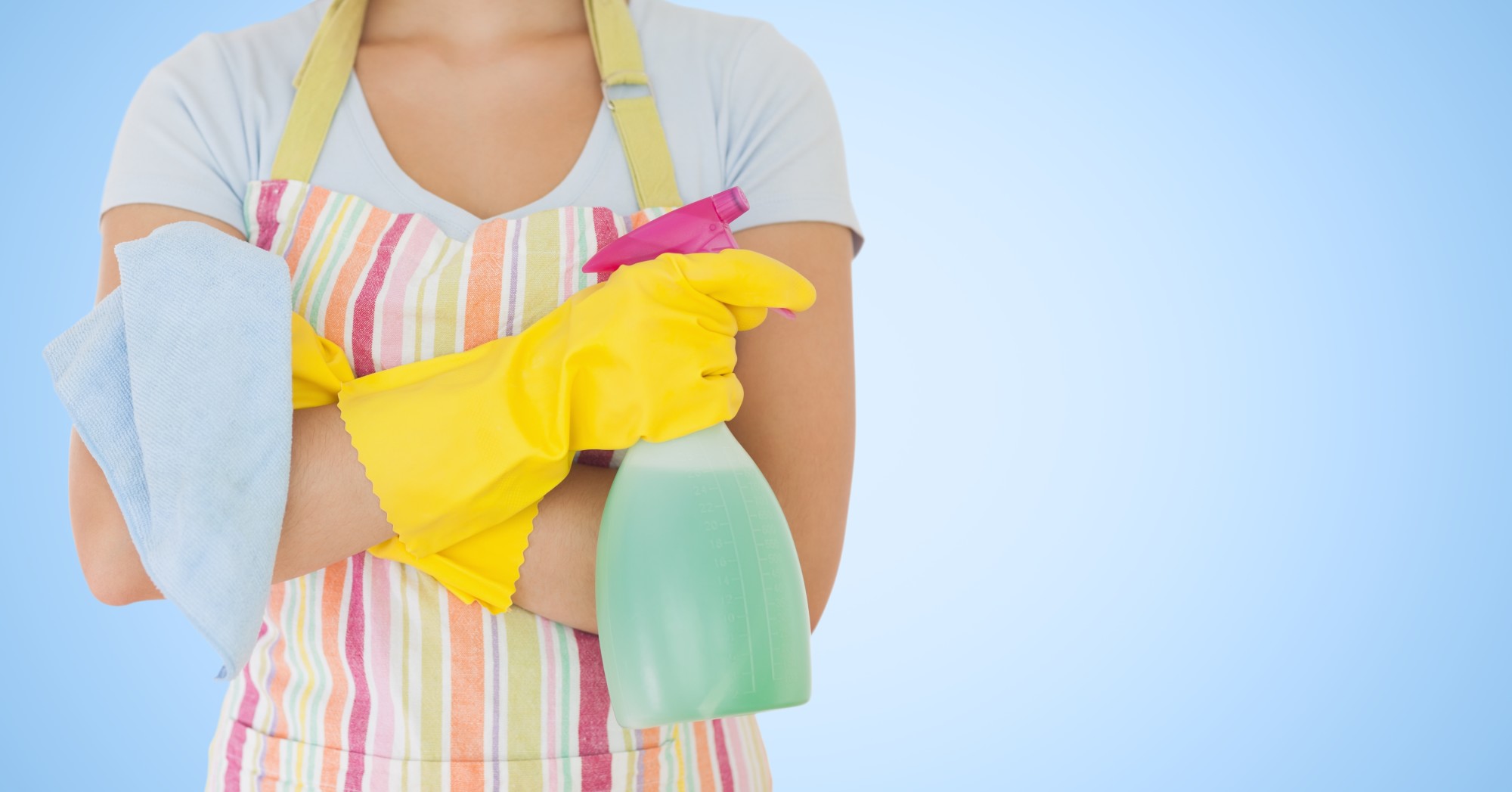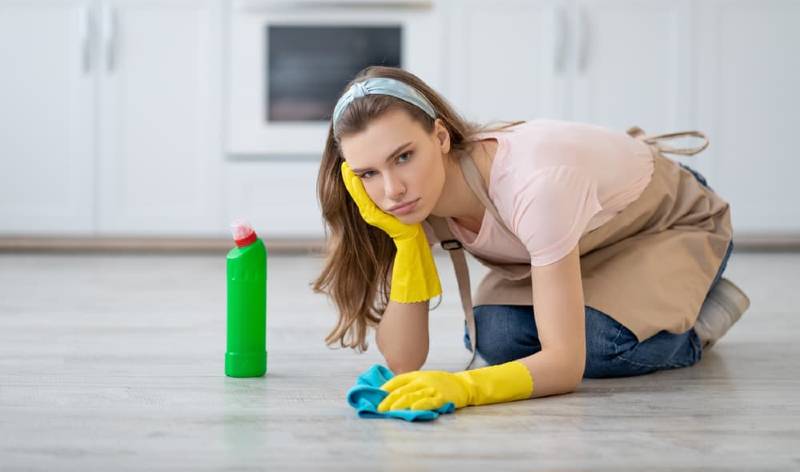Recognizing the Requirement for Completely Sanitizing and Sanitizing Regularly Touched Surface Areas in High-Traffic Areas
In the world of public health and wellness and safety and security, the careful sanitation and sanitization of often touched surfaces in high-traffic areas stand as critical steps in stopping the spread of damaging microorganisms. By exploring the various elements of surface area sanitation, from the dangers associated with neglecting cleansing methods to the efficient methods that can be employed, a clearer understanding arises of the crucial role these methods play in guarding public wellness.
Value of Surface Sanitation
Emphasizing the extensive disinfection of high-traffic surface areas is important in maintaining a sanitary atmosphere and preventing the spread of damaging pathogens. High-touch surface areas such as door takes care of, light buttons, elevator buttons, and kitchen counters act as reproducing grounds for viruses and germs. Regular sanitation of these surface areas is essential to lower the danger of contamination and transmission of illnesses.
By carrying out a durable sanitation method, establishments and services can develop a safer setting for workers, site visitors, and customers. Correct surface area disinfection not only minimizes the spread of contagious diseases however additionally instills confidence in the cleanliness and safety and security of the premises. This proactive technique shows a dedication to wellness and wellness, which is specifically crucial in high-traffic locations where the possibility of exposure to virus is increased.
Moreover, surface disinfection plays a vital duty in total infection control techniques. Integrated with hand health methods, putting on masks, and preserving physical distancing, detailed disinfection of high-touch surfaces develops a thorough defense against the transmission of hazardous bacteria. Prioritizing surface area disinfection is a vital element of an alternative method to health and security in shared spaces.
Risks of Disregarding Cleaning Practices
Overlooking extensive disinfection of high-traffic surfaces significantly enhances the threat of microbial and viral contamination, positioning a major hazard to the health and safety and security of people frequenting these spaces. Failing to carry out appropriate cleaning techniques can cause the buildup and spread of dangerous virus, including viruses and bacteria, on regularly touched surfaces such as doorknobs, hand rails, lift buttons, and countertops.

Furthermore, neglecting the value of extensive cleaning not just jeopardizes the well-being of people however additionally threatens efforts to keep a hygienic and tidy atmosphere. It is essential to identify the relevance of proper disinfection protocols in protecting against the spread of infections and securing public wellness.
Efficient Sanitation Techniques
To keep ideal sanitation and decrease the threat of contamination on high-traffic surfaces, utilizing reliable disinfection approaches is important. One of one of the most efficient and typical sanitation methods is utilizing chemical anti-bacterials. These products can vary in toughness and make-up, with some targeting certain virus like bacteria or viruses. It is important to adhere to the manufacturer's directions for correct dilution, call time, and air flow when using chemical anti-bacterials to guarantee their performance - Vacuum Carpets.
One more reliable technique is the use of UV-C light. UV-C light has been revealed to be efficient in killing a large array of bacteria by interrupting their DNA framework, hence stopping them from reproducing. It is necessary to make use of UV-C light effectively, making certain that the proper strength and exposure time are applied to achieve the preferred disinfection outcomes.
In addition, employing heavy steam cleansing as a disinfection method can be highly reliable, specifically on surface areas that are heat-resistant. Vapor can permeate porous surfaces and eliminate germs, infections, and other virus successfully. When making use of heavy steam cleaning, it is necessary to guarantee that the surface area reaches the required temperature level for an adequate quantity of time to guarantee appropriate disinfection.
Influence on Public Health And Wellness
The upkeep see it here of high requirements of sanitation and disinfection on high-traffic surface areas plays an important duty in protecting public wellness. Frequently touched surface areas in locations with high tramp, such as doorknobs, hand rails, lift switches, and washroom centers, act as breeding grounds for unsafe microorganisms. Failing to effectively disinfect these surfaces can cause the quick spread of contagious conditions within communities. By executing detailed disinfection procedures, the threat of transmission of viruses, bacteria, and other germs can be dramatically reduced.
In high-traffic areas like airports, colleges, hospitals, and public transport systems, the effect of rigorous sanitation steps can not be downplayed. Prioritizing the sanitization of regularly touched surface areas is a proactive strategy to promoting public health and boosting the security of individuals in common spaces.
Implementing Normal Cleaning Up Methods
Immediately instituting and sticking to a consistent timetable of cleaning methods is vital for maintaining the tidiness and safety of high-traffic surface areas. Regular cleansing methods are necessary in avoiding the build-up of germs and virus on frequently touched surfaces, specifically in areas with high foot website traffic. By executing an organized method to cleansing, companies can successfully lower the risk of illness transmission and develop a healthier setting for workers, consumers, and the general public.
To establish an efficient cleansing timetable, it is important to recognize high-traffic locations that require regular attention. These locations might include doorknobs, handrails, elevator buttons, restroom centers, and common tools. Implementing a routine cleaning regimen that targets these surface areas numerous times a day can dramatically reduce the spread of damaging germs and viruses.
Additionally, making use of ideal cleaner and anti-bacterials is vital to ensuring that surfaces are thoroughly sanitized. Normal informative post training of cleaning up personnel on appropriate cleaning techniques and the significance of adherence to the cleaning schedule is also vital in maintaining a hygienic setting. By prioritizing constant cleaning protocols, organizations can advertise the wellness and wellness of individuals that engage with these high-traffic surfaces.

Final Thought
Finally, it is crucial to prioritize extensive disinfection and sanitization of frequently touched surfaces in high-traffic areas to stop the spread of unsafe pathogens and maintain public health. Neglecting proper cleansing practices can raise the threat of contamination and transmission of conditions. By carrying out routine cleansing methods and making use of reliable sanitation approaches, we can develop a more secure setting for everybody (Everyday cleaning). It is crucial to acknowledge the importance of keeping tidy surfaces in high-traffic areas to guarantee the wellness of the community.
In the realm of public wellness and safety, the meticulous sanitation and sanitization of often touched surface areas in high-traffic areas stand as paramount procedures in stopping the spread of hazardous virus. By checking out the various aspects of surface disinfection, from read this article the threats connected with disregarding cleaning methods to the efficient techniques that can be employed, a clearer understanding arises of the important duty these practices play in guarding public wellness.Furthermore, employing vapor cleaning as a disinfection approach can be very efficient, specifically on surfaces that are heat-resistant. When utilizing vapor cleaning, it is important to make certain that the surface reaches the needed temperature level for a sufficient amount of time to ensure correct disinfection.
In conclusion, it is vital to prioritize extensive disinfection and sanitization of often touched surface areas in high-traffic areas to avoid the spread of dangerous virus and maintain public health and wellness.